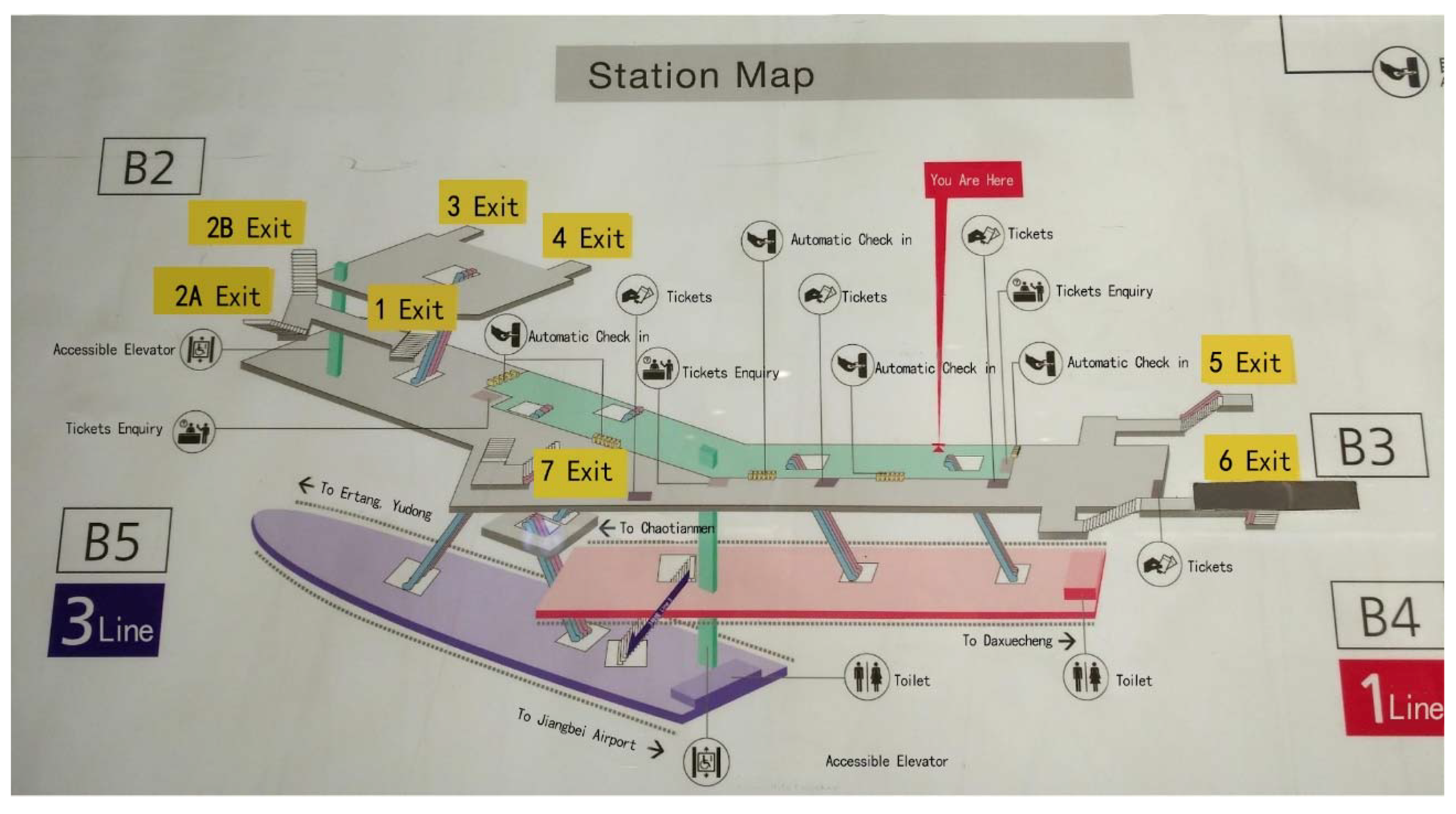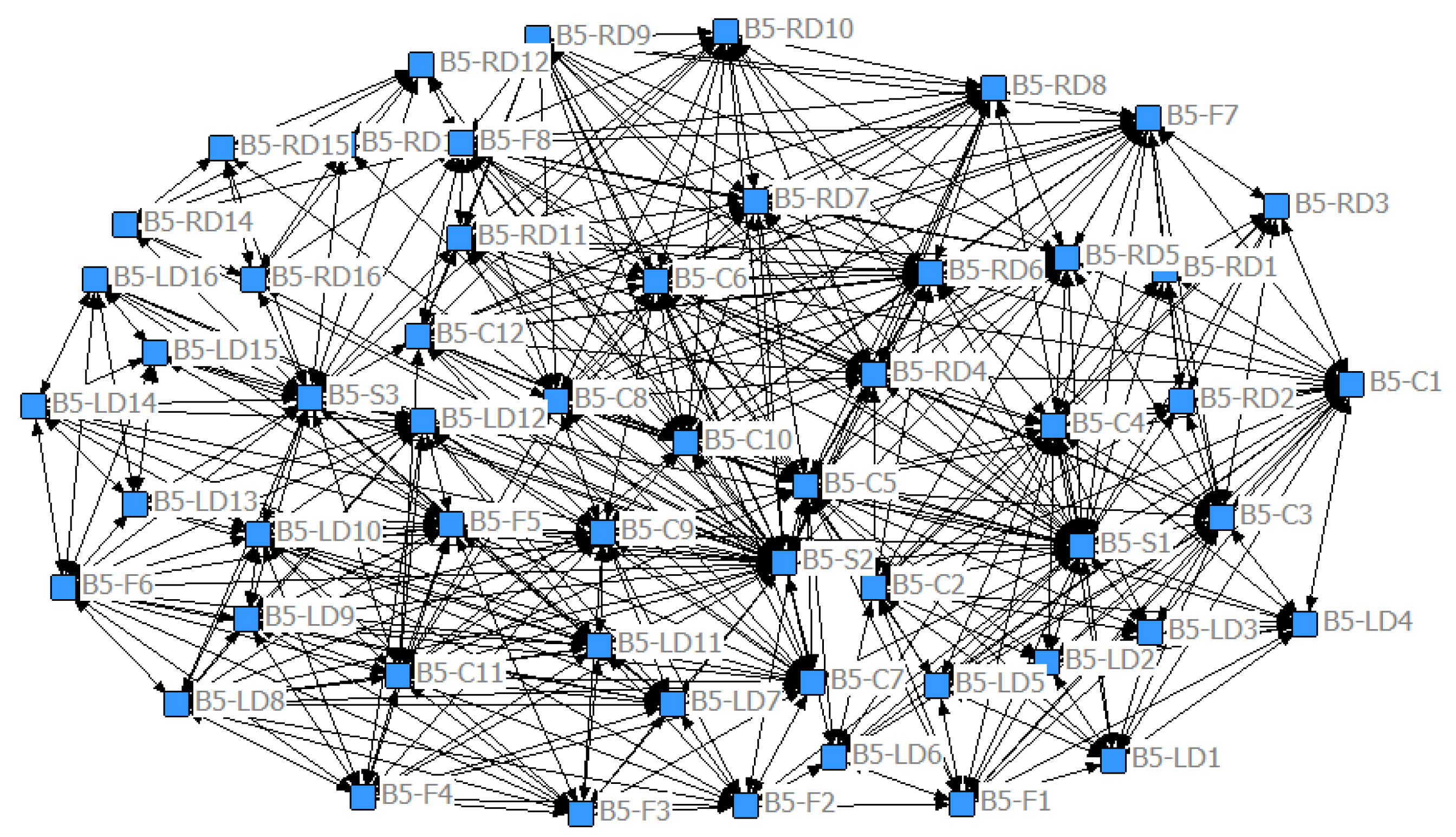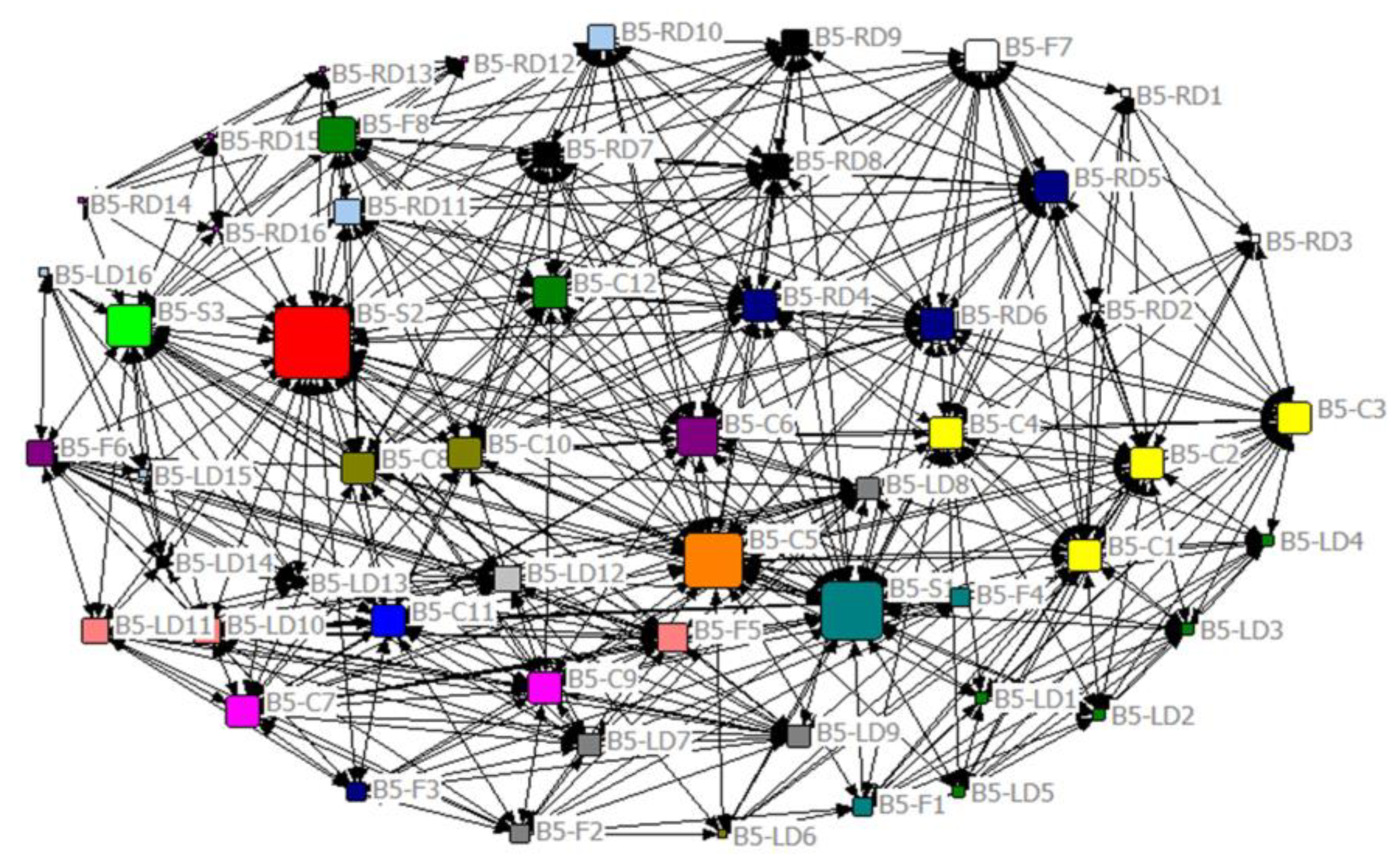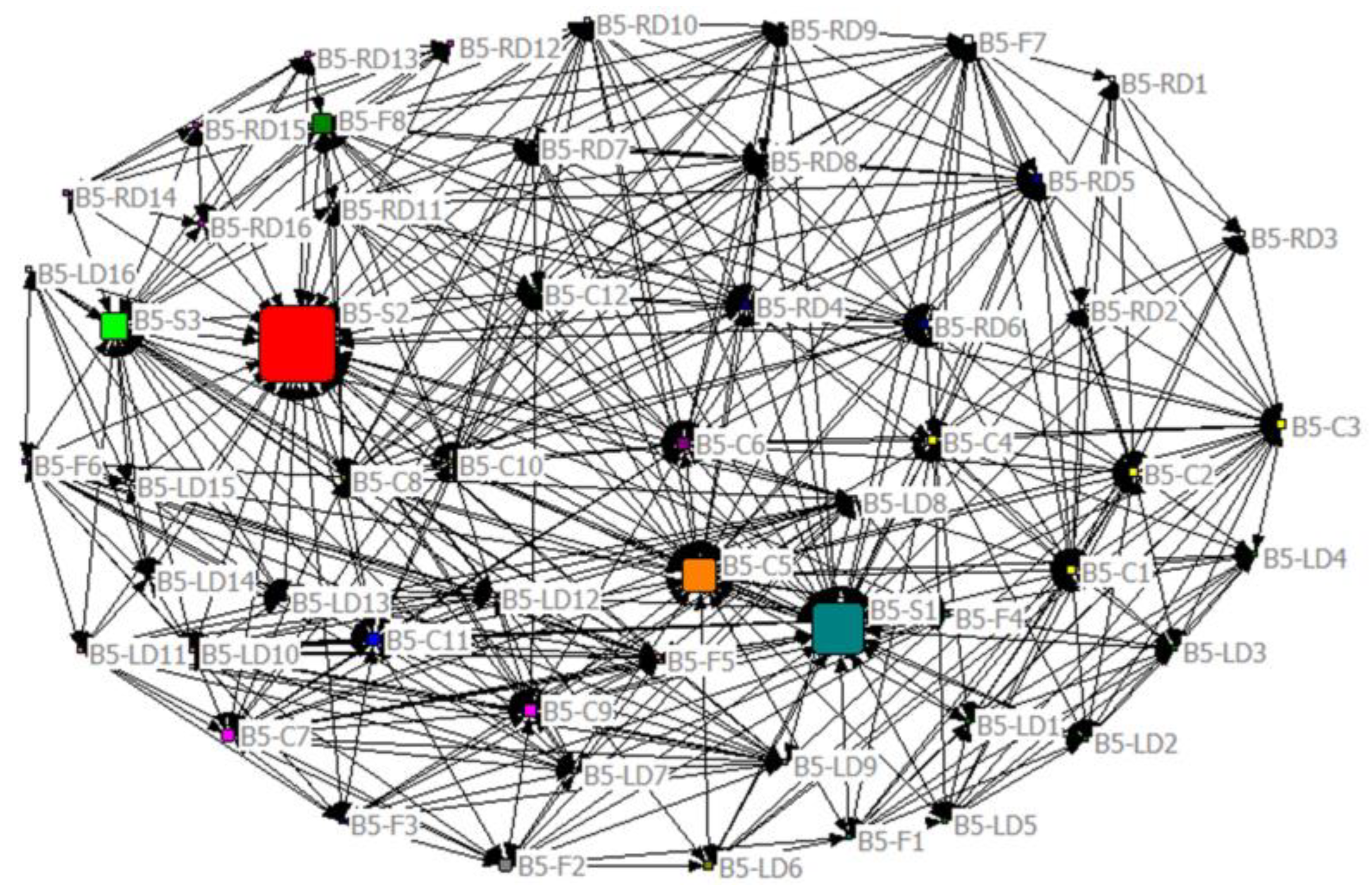1. Introduction
Public safety is necessary in achieving sustainable development, which has been considered to be an significant indicator in urban sustainability evaluation [
1,
2]. Transportation safety is an indispensable section in public safety [
3,
4,
5,
6,
7,
8,
9]. In recent years, the size of cities in China have been expanding rapidly with the growth of urbanization, which leads to a large amount of transportation requirements [
10]. Qualified with advantages of high speed, low pollution, large transportation, low energy consumption, and comfort, urban rail transit, including metro and light rail, is in conformity with the principle of sustainable development, and provides a variety of environmental, economic and social benefits, which are particularly applicable for urban transportation [
11]. So far, over 200 cities all over the world have been operating metros. Also, in China, the urban rail transit developed in a high speed and became a main component of urban public transport [
12]. At present, 43 Chinese cities in total have obtained official approval to construct urban rail transit, and more than 9000 km of transit is in planning [
13]. More and more cities in China enter the “rail transit era”. Aiming at facilitating people’s lives and intensively utilizing land resources, many newly built rail transit stations in China demonstrate obvious features of multi-floor structure integration in three-dimensional space and crowded people on each floor. Various components and relationships among the components exist in the station. Thus, the station shows complexities and could be recognized as a complex system [
14,
15]. In this paper, the stations are titled as “complex rail transit stations” (CRTSs). The CRTSs facilitate people’s traffic transfer. However, the CRTSs are also subject to various kinds of potential risks during operation due to their complex structures, crowding of people, and their openness [
12,
14]. The potential risk events include fire, explosion, and terrorist attacks, etc. [
16]. The secure and stable operation of the CRTSs presents high significance in urban sustainable development. Nevertheless, according to the investigations in the rail transit stations, including Xizhimen Station in Beijing, Lianglukou Station in Chongqing, security guards are randomly moving in the station [
17,
18]. Some nodes, including passenger aggregation nodes and passengers’ transfer nodes, need specific security protection. For example, arranging security guards with equipment around the nodes could decrease the occurrence possibility of emergency events, such as terrorist attacks, fire, etc. Therefore, it is meaningful to study the high-risk nodes of CRTSs, which could be referred to in the management.
Until now, considerable efforts have been devoted by the researchers in order to guarantee the safety of the rail transit stations. The vulnerability of the urban rail transit has been previously emphasized [
19]. Song et al. [
3] emphasized that the safe operation of the rail transit could promote sustainable development of cities, and explored the rail transit system vulnerability factors based on the integrated method of AHP (analytic hierarchy process) and ISM (interpretative structural modeling). Regarding the large subway system as complex networks, Angeloudis and Fisk [
20] stated that the high connectivity but low maximum vertex degree of the networks shape robustness to random attack. It indicated that the urban rail transit network is vulnerable to the node-based attacks, especially the highest betweenness node-based attacks, even though it is rather robust to random attacks [
21,
22]. Bruyelle et al. [
23] and Qian and Lin [
24] conducted research on the occurrences of terrorist attacks against rail-based vehicles. The critical systems were identified, and the design improvements of the metro coaches were proposed to guarantee security [
20,
25]. The assessment for the vulnerable nodes within the rail transit station showed a high level of necessity. Many counter-measures were formulated to increase the resilience to risk events [
24,
26,
27]. Infrastructure operation safety was emphasized and complex network was considered to be a useful instrument for the studies [
23,
25,
28]. In the field of urban rail transit network, some valuable results have been obtained. Latora and Marchioris [
29] discussed the small-world characteristics of the Bostosn subway network and provided precious insights on the general features of real transportation networks. Lee et al. [
30] focused on the statistical properties and topological consequences of the Metropolitan Seoul Subway system. The passenger flow weight distribution of the station was calculated. During operation time, the passengers showed high density in the station and the occupant safety in emergencies presented high importance [
31,
32]. The capacity of the exits was measured by video recording and on-site observations, and then the dynamic features of the emergency evacuation process at each time-step were calculated [
33]. Precursors of the emergencies in the rail transit stations were identified and analyzed. Kyriakidis, Hirsch, and Majumdar [
34] analyzed 27 accidents precursors in six categories and developed a model to assess safety maturity of the metro railway. In addition, the relationships exploration showed that a positive correlation exists between injuries and precursors.
Legislation requirements for transportation and emissions limits have also been issued for the safe operation of rail transit stations. In China, laws and regulations in national level and municipal level that rail transit must comply with for safe operation have been formulated. These include the Emergency Plan for the Disposal of Urban Subway Accidents, issued by the Ministry of Emergency Management of China [
35], Regulations on Operation and Management of Urban Rail Transit issued by the Ministry of Transport of China [
36], and Instructions on Ensuring Safe Operation of Urban Rail Transit issued by the General Office of the State Council of China [
37], etc. Regulations in municipal level have also been formulated, such as the Emergency Plan for the Disposal of Rail Transit Operation Accidents in Shanghai [
38], and the Emergency Plan for the Disposal of Rail Transit Emergency Events in Chongqing [
39], etc. In addition, regulations or laws for transportation safety have also been established in other countries, such as the United States [
4], Nigeria [
40], etc. Thus, safe operation of the rail transit has been emphasized in legislation and regulations. In addition, emissions limits standards have also been issued for various transportation subsectors, including light-duty vehicles, heavy-duty vehicles (buses and trucks), rail, aviation, marine, agriculture, and off-road [
41]. For instance, in California, SB375 is the first regulation to focus on travel demand’s contribution to aggressive greenhouse gas emissions [
41]. In China, the emissions limits standards for vehicles with fuel consumption, such as heavy-duty vehicles and motorcycle, have been issued by the Ministry of Ecology and Environment [
42]. For rail transit, some emissions limits standards have been formulated for the construction stage. This includes the Environmental Vibration and Noise Emission Control in the Construction of Urban Rail Transit [
43]. In the operation stage, urban rail transit is recognized as a sustainable transportation mode due to low pollution and low energy consumption. Cities with high-density neighborhoods developed around passenger rail transit systems are the most sustainable model for urban areas [
44]. Thus, as an important section for the urban sustainable development, the influence of rail transit impacting on environment are continuously being considered at every stage, and the considerations are helpful for preventing the social security events, such as mass incidents.
According to the review of the existing studies, it can be seen that rail transit station risk prevention is a hot research topic. From macro to micro, studies have been conducted from various angles, including rail transit vulnerability, networks, passengers, precursors of the emergencies, legislation requirements, emissions limits, etc. Nevertheless, the high-risk nodes in the micro spaces of CRTSs still have fewer research achievements. Aiming at the absences, this research focuses on the determination for risk nodes within CRTSs through an innovative approach, which is are the combined studies in two aspects. Firstly, considering the station architectural structure and passenger flow features, the complex networks of the nodes in every floor of CRTSs are established and the key nodes are identified. Secondly, on-site passenger volumes of every node in the station are recorded. The temporal and spatial characteristics of passenger volumes in the station are analyzed. The high-risk node determination is based on the key node identification and passenger volume statistics. The research on the high-risk nodes relies on network analysis to identify relationships between nodes and discusses the factors responsible for the main concentrations of passengers, which is the first innovative feature of the approach. Besides, the consideration for the passenger aggregation nodes through passenger volumes analysis is another innovative feature. In this study, the Lianglukou rail transit station in Chongqing, China, was selected as the study case.
2. Materials and Methods
Field investigation and complex network analysis were employed in this study for passenger volume statistics and key nodes identification. Field investigation has been recognized as a useful method in many studies for field data collection [
45,
46,
47]. Thus, in this study, field investigation was firstly implemented to clarify the structure of the station, to obtain the passenger flow features, passenger aggregation nodes in every floor, and the corresponding passenger volumes. Secondly, the complex networks of every floor were established and the key nodes were identified through complex network analysis. The complex network analysis presents two advantages. On the one hand, the utilization of this method was based on the contents obtained from the field investigation, including the structure of the station, the passenger aggregation nodes in every floor, and passenger flow features in the station. Thus, the implementation of this method was based on the objective information of the station. On the other hand, the connection and interaction abilities of the nodes were judged through centrality analysis for the nodes, and the centrality was sorted according to the degree centrality and betweenness centrality calculation results. Therefore, the judgement for the connection and interaction abilities was in accordance with accurate mathematical calculation. Some other methods have also been adopted in the analysis of passenger flow features and key nodes determination in indoor environment, mainly including field observation [
45], video observation [
48], interview [
49], social force model [
50], and cellular automata (CA) model [
51], etc. These methods were useful for the studies. However, defects were presented as compared with complex networks and their inapplicability was shown for this study. The utilization of the methods of field observation, video observation, and interview are based on subjective judgment, and then the description for the passenger flow features and relationships among different nodes is generally based on qualitative analysis [
52,
53]. The above illustration for the complex network emphasizes two advantages, which are objective information and accurate mathematical calculation. Thus, compared with subjective judgment and qualitative analysis of the previous three methods, complex network analysis presents more objective qualities and accuracy. Besides, the methods social force model and cellular automata (CA) model were initially applied in the field of evacuation [
50,
54]. Even though some modifications have been made for behavior analyzation usage in daily operation [
50,
51], the accurate relationship of the nodes in the constrained space cannot be clearly demonstrated, and further the key nodes could not be determined with accurate data support as complex network analysis does. Therefore, complex network analysis was been chosen to identify nodes with strong connection and interaction abilities in this study. The study sites and the employment of the two methods are introduced as follows.
2.1. Study Sites
The Chongqing Lianglukou rail transit station was selected as the study case. The Chongqing rail transit developed quickly over recent years. Until December 2017, a total of six lines were in operation, incorporating 155 stations and 13 transfer stations. The operation mileage reached 264.3 km and ranked first in midwest China [
55]. In the 13 transfer stations, the Lianglukou rail transit station is the transfer station of Line 1 and Line 3. Due to the multi-floor complex structure of the Lianglukou station, it was selected as the study case. Besides, another important reason for the selection was that extreme large volumes of transfer passengers are present in the station due to some distinctive stations occupying Line 1 and Line 3, including five commercial centers (CC1–CC5), three railway stations (RS1–RS3), and the airport of Chongqing, as shown in
Figure 1. According to the statistics, the average daily transfer passenger volume is nearly 170,000. The extremely large transfer passenger volumes result in a much higher density of passengers in the constrained space of the station [
56]. The safe operation of the station deserves much attention.
2.2. Field Investigation in the Lianglukou Rail Transit Station
Field investigations have been conducted seven times in the Lianglukou station, as shown in
Table 1. The structure of the station, passenger flow features, and the passenger volume data were investigated during field investigation.
There are four floors in the Lianglukou station, which are floors B2, B3, B4, and B5. According to investigations, passenger volumes are mainly concentrated on the floors of B3, B4, and B5, while only a small number of passengers are present on the B2 floor during daily operation. Thus, this study mainly focused on the floors of B3, B4, B5. The B3 floor is the concourse floor and includes four exits, which are Exit 5, Exit 6, Exit 7, and the unified Exit 1–4 (the independent Exit 1, Exit 2A, Exit 2B, Exit 3, and Exit 4 are in the B2 floor). The B4 floor is the platform floor of Line 1, including 24 screen doors in each side and thus a total of 48 screen doors on this floor. The B5 floor is the platform floor of Line 3. Sixteen screen doors are present on each side and thus a total of 32 screen doors are present on the B5 floor. The B3 floor, B4 floor, and B5 floor connect with each other through five stairs/escalators. The Lianglukou station map is shown in
Figure 2.
Through detailed field investigations, the layout plans of each floor were drawn. The screen doors, stairs/escalators, metal fences, and the columns are passenger aggregation nodes and were coded in the layout plans. For example, the screen doors in the left side of B5 floor were coded as B5–LD1, B5–LD2…, and the stairs/escalators, the metal fences, the columns in B5 floor were coded as B5–Sxx, B5–Fxx, and B5–Cxx, respectively. The layout plan of B5 floor is shown in
Figure 3. The layout plans of the B3 floor and B4 floor are shown in
Figure A1 and
Figure A2. Besides, the dimensional data of the three floors, including length, width, and area, were measured and are shown in
Table 2. (
Appendix A).
In addition, on-site passenger volume statistics were conducted during field investigations. The detailed statement for the passenger volume statistics is in
Section 3.2.
2.3. Complex Network Construction
Complex network construction is the basis for complex network analysis. The coded facilities, including screen doors, stairs/escalators, metal fences, and columns, were passenger aggregation nodes. Different nodes are connected through passenger flow movements. Thus, the passenger flows shape into networks, in which the coded facilities were the nodes and the passenger flow movement among nodes were connecting lines. The passenger flow networks were constructed based on complex network theory [
57]. Complex network theory emerged in recent years and offers an innovative insight to reveal the topological characteristic of complex interactions [
16]. It is a type of network with non-trivial topological features—features that often occur in graphs that model real systems such as social networks, computer networks, etc. [
58]. The complex network was constructed through the employment of the software UCINET. UCINET is a social network analysis program developed by Stephen P. Borgatti, Martin G. Everett, and Linton C. Freeman [
59]. The program is distributed by Analytic Technologies. UCINET works in tandem with freeware program called NETDRAW for visualizing networks [
60]. Many characteristics of the network could be analyzed through UCINET, including density, centrality, regions, egonetworks, structures holes, clusters, etc.
According to the field investigation in the Lianglukou Station, there were 32, 68, 55 passenger aggregation nodes on the three floors, respectively. Taking the B5 floor as an example, the 55 passenger aggregation nodes are shown in
Table 3.
The establishment of the complex network mainly included three steps.
- (1)
Formulating judgment table for the relationship of each pair of nodes [
61]. If the two nodes are connected through passenger flow, then the relationship of the two nodes is marked as 1. For instance, passengers who go through the escalator/stair B5–S1 may go to and gather around the column 1 (B5–C1) and wait for the train. Then the B5–S1 node connects to the B5–C1 node and the relationship of B5–S1 and B5–C1 is marked as 1. Otherwise, the relationship is marked as 0. After judgment for all the nodes, the relationship judgment table is formulated.
- (2)
Importing the relationship judgment table into the UCINET software for calculation.
- (3)
Presenting the complex network through the NETDRAW program.
The complex networks of each layer were constructed based on the identified passenger aggregation nodes and passenger flow features. The complex network of B5 layer is shown in
Figure 4.
4. Results: High-Risk Nodes Determination
The high-risk node determination was based on the results of key nodes identification and passenger volume statistics, which means that the high-risk nodes were the nodes with strong connection and interaction abilities, and presents features of large passenger volumes, simultaneously.
4.1. High-Risk Nodes Determination (Weekday)
The line charts clearly show the passenger volumes of the different identified key nodes in various time points. In the line chart, the higher the point, the larger passenger volume the point represents. On the B3 floor, the passenger volumes of the nodes B3–C8 and B3–C10 were obviously higher than the node B3–C11. Besides, the degree centrality and the betweenness centrality of the two nodes ranked in the top two among the nodes in the B3 floor network. Thus, the nodes B3–C8 and B3–C10 were determined as high-risk nodes on the B3 floor in rail transit weekday operation. On the B4 floor, the nodes B4–S2, B4–C2, B4–S1 showed higher passenger volumes. Also, these three nodes were identified key nodes which rank in top five among the nodes in B4 floor network. The nodes B4–S2, B4–C2, and B4–S1 were determined as high-risk nodes in B4 floor in rail transit weekday operation. Besides, although the node B4–F3 presented relatively lower passenger volumes, the degree centrality and the betweenness centrality of the node ranked third among the nodes in the B4 floor network. B4–F3 was also determined as the high-risk node on the B4 floor, based on synthetic consideration. On the B5 floor, the nodes B5–S1 and B5–S3 showed obviously higher passenger volumes. The two nodes also ranked in top five among the nodes on the B5 floor network in the evaluation of centrality. Therefore, the nodes B5–S1 and B5–S3 were determined as the high-risk nodes in B5 floor in the rail transit weekday operation.
4.2. High-Risk Nodes Determination (Weekend)
In B3 floor, the nodes, B3–C8, B3–C10, and B3–C11, showed similar passenger volume, while the three nodes were also the identified key nodes and ranked in top five among the nodes in the B3 floor network. Thus, the three nodes were determined as the high-risk nodes on the B3 floor in rail transit weekend operation. On the B4 floor, the four nodes B4–S2, B4–F3, B4–C2, and B4–S1, showed higher passenger volumes, especially the nodes B4–S2 and B4–S1. The four nodes were all identified key nodes and thus they were determined as the high-risk nodes for rail transit weekend operation. On the B5 floor, the nodes B5–S2, B5–S1, and B5–S3 displayed obvious higher passenger volumes than the node B5–C5. Therefore, the nodes B5–S2, B5–S1, and B5–S3 were determined as the high-risk nodes in rail transit weekend operation.
The determined high-risk nodes are listed in
Table 8.















